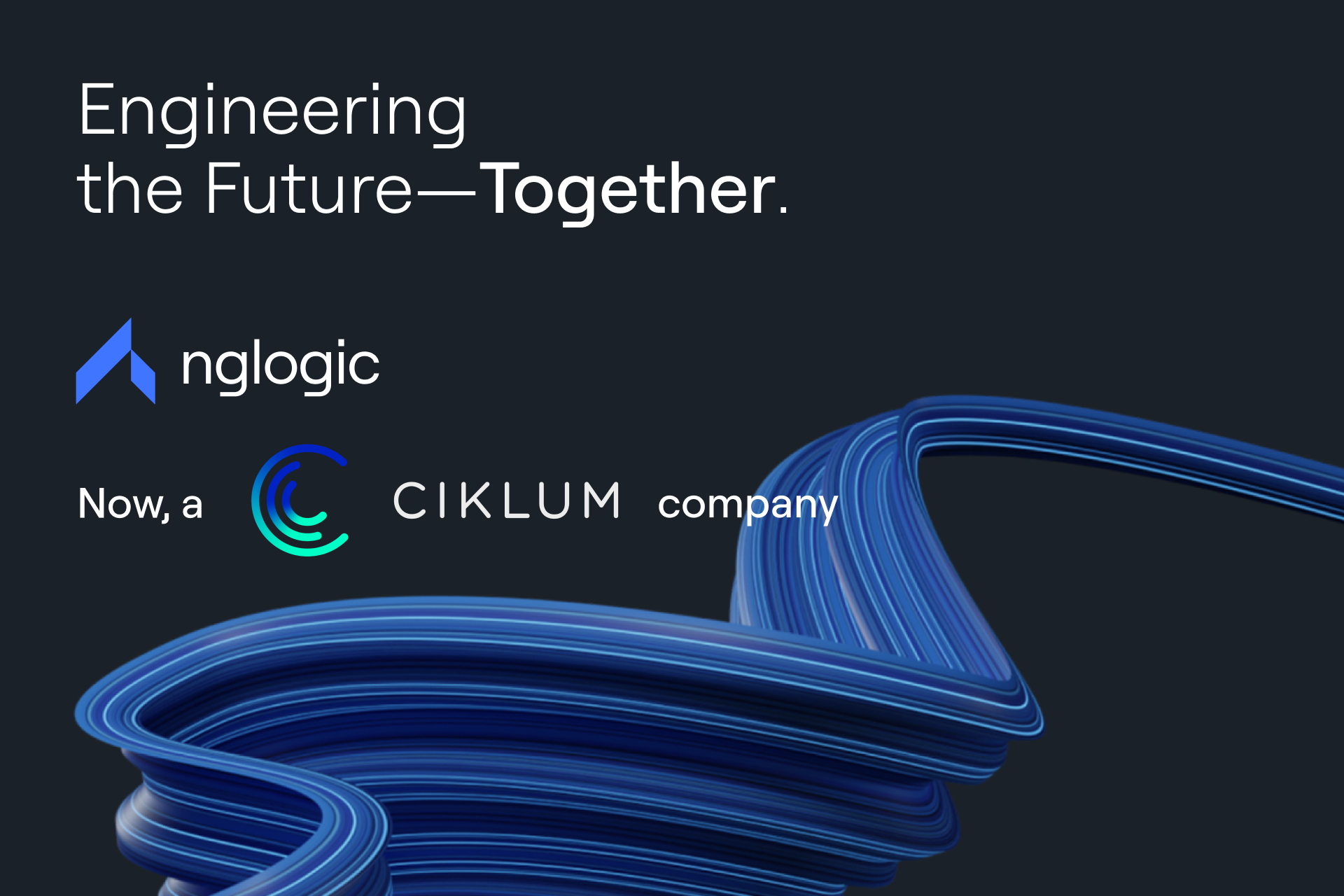Django, emerging as a significant player in the realm of web frameworks, stands out as a Python-based toolset that revolutionizes the way developers approach web application development. It is not merely a framework but a holistic environment that encapsulates a developer’s needs for building robust, efficient, and scalable web applications.
Born out of a practical need for a swift and efficient development process, Django was initially created in 2005 and has since evolved into a comprehensive framework. It marries the simplicity and versatility of the Python programming language with a set of high-level functionalities specifically tailored for web development. At its core, Django follows the model-template-view (MTV) architectural pattern, a variant of the classic model-view-controller (MVC) paradigm. This pattern is pivotal in Django’s design philosophy, emphasizing a clear separation between the business logic of the application (the model), the user interface (the template), and the intermediary processing (the view).
Importance of Understanding the Distinction Between Django Projects and Apps
A fundamental concept in mastering Django is understanding the difference between a ‘project’ and an ‘app’. Often a source of confusion for newcomers, this distinction is crucial for effectively using the Django framework.
A Django ‘project’ encompasses the entire application and its configurations, serving as the foundation on which web applications are built. It’s a collection of settings for an instance of Django, including database configuration, Django-specific options, and application-specific settings.
On the other hand, a Django ‘app’ is a web application that does something — e.g., a blog, a database of public records, or a small poll app. An app is a self-contained package that provides a specific piece of functionality and can be plugged into a project. The beauty of Django lies in its ability to host multiple apps within a single project, each running independently but working together to create a cohesive whole.
Understanding this distinction is vital for Django developers because it directly influences the structure and maintainability of the Python code. It encourages modularity and reusability, key aspects of efficient software development. By properly structuring apps within a project, developers can ensure that their codebase is scalable, manageable, and adaptable to changing requirements or new projects.
Understanding Django Projects and Apps
Role and Structure of a Django Project
At its core, a Django project serves as the foundation for a web application. It’s a collection of configurations and apps that together define a specific instance of a web application.
Structurally, a Django project is a directory containing a Python package. This package, in turn, includes a set of Python files, each with a specific role in configuring the Django instance.
Each project has a unique settings file, usually named settings.py, which includes all the configurations necessary for the Django project to interact with databases, manage static files, control middleware, and more. This file is essentially the control center of the project.
The project’s directory structure is designed to be flexible yet organized, allowing developers to easily navigate and manage various components of the web application.
Overview of Key Components
- settings.py: This file contains all the configuration settings for the Django project. It includes database configurations, security settings, application-specific settings, and settings for Django’s numerous built-in functionalities.
- urls.py: Often referred to as the URL dispatcher, this file maps URLs to their corresponding view functions in Django apps. It plays a crucial role in defining how the web application responds to different URL paths.
- wsgi.py: Standing for Web Server Gateway Interface, this Python file acts as a bridge between the Django project and the web server. It helps in deploying the Django application to a production environment, ensuring that web requests are properly handled by the application.
Purpose and Function of a Django App Within a Project
A Django app is a self-contained Python package that provides a specific service or functionality within the broader Django project. It is designed to be reusable, potentially in other Django projects.
The purpose of segregating functionalities into different apps is to promote modularity and reusability. This organization makes it easier to maintain and scale the web application.
Each app in Django is responsible for handling a particular aspect of the project. For instance, one app might handle user authentication, while another manages blog posts.
Apps are what make Django projects versatile. They can be plugged into existing projects, removed, or reused across multiple projects, offering a high degree of flexibility in web development.
Common Features of Django Apps
- models.py: This file defines the data models of the Django app. These models are Python classes that Django maps into database tables. The models.py file is crucial for handling the database schema and interacting with the database through Django ORM (Object-Relational Mapper).
- views.py: Views in Django are Python functions or classes that handle the request-response cycle. Each view receives HTTP requests and returns HTTP responses. The views.py file in a Django app defines these response handlers, tying together the backend logic and the frontend presentation.
- tests.py: Testing is an integral part of web development. In Django, tests.py is used to write test cases for testing the functionality of the app. This ensures that each part of the app works correctly and helps in maintaining the robustness of the application.
Beyond these key files, a Django app can also contain other components like templates (for defining the HTML structure of web pages), admin configurations (for managing the Django admin interface), forms (for handling form inputs), and more.
Best Practices in Django Project Setup
Structuring the Project Directory
Structuring the project directory in Django is a foundational step that sets the tone for efficient project management. The top-level directory should ideally house the manage.py file, alongside the main project folder bearing the project’s name. This folder is the heart of your Django project, containing essential configurations and initializations. For a harmonious structure, each app within the project should have its own dedicated folder at the same level as the main project folder. This not only ensures a cleaner directory layout but also makes it easier to navigate and understand the project’s structure, especially as it grows. Additionally, consider creating separate directories for static and media files. While static files include your CSS and JavaScript files, media files are typically those uploaded by users. Keeping these two separate simplifies their management and plays a crucial role when configuring their serving in production environments.
Managing Settings and Configurations
The settings.py file is a critical component of a Django project, containing all the necessary configurations. Understanding and managing this file is key to the smooth running of your project. For complex projects, it’s advisable to split the settings file into multiple segments, such as base.py, development.py, and production.py. This division allows for a more organized management of settings that are specific to different environments, like development and production. Another vital practice is the use of environment variables for sensitive information. Instead of hardcoding details like database credentials or secret keys, use environment variables to keep this information secure. Remember, the DEBUG setting plays a pivotal role in the security of your project and should be set to False in production to prevent exposing sensitive data.
How to Correctly Configure Django Apps in a Project
Configuring Django apps within a project involves adding them to the INSTALLED_APPS list in the project’s settings.py. This step is crucial as it informs Django about the apps’ existence and includes their configurations, models, and routes in the project. When adding custom apps to INSTALLED_APPS, use the Python path to their configuration class, which typically follows the format ‘<app_name>.apps.<AppName>Config’. The sequence of apps in INSTALLED_APPS matters in certain scenarios, such as when one app needs to override a template from another. In such cases, the overriding app should precede the app being overridden in the list.
Understanding Django’s Built-in Apps
Django is equipped with several built-in apps that form the backbone of its functionality. These include apps for admin interface, authentication, content types, sessions, messages, and static file handling. Each built-in app serves a specific purpose, from managing user authentication to handling session data. Understanding these apps is crucial for effectively leveraging Django’s capabilities. Moreover, while these built-in apps cater to a wide range of common functionalities, they can be customized to better suit the specific requirements of your project. Additionally, the Django ecosystem is rich with third-party apps that can be added to INSTALLED_APPS. Carefully consider the necessity, maintenance status, and compatibility of third-party apps before integrating them into your project.
Major Companies Using Django
Django’s ability to support rapid development, maintain high performance, and ensure robust security has made it a popular choice among many leading companies. These organizations range from social media giants to e-commerce platforms, each using Django to manage web traffic, process data, and deliver content effectively. The framework’s ORM capabilities, scalable architecture, and compatibility with various databases and tools have been crucial in supporting the diverse requirements of these enterprises.
1. Instagram: Mastering Large-Scale Social Media Interaction
Instagram, one of the largest social media platforms, uses Django to handle its immense data and user interaction load. The simplicity of Django, combined with Python’s readability, allows Instagram to manage billions of user-generated posts and interactions efficiently.
The platform’s success with Django demonstrates the framework’s scalability and performance, even under the pressure of handling millions of active users and a vast amount of data.
2. National Geographic: Dynamic Content Delivery
National Geographic utilizes Django for its data-driven website, particularly in managing and delivering educational content. The site leverages Django’s content management capabilities to organize a wide array of content types, from articles to multimedia.
Django’s robust template system has been instrumental in National Geographic’s ability to present content in an engaging and informative manner, catering to a diverse audience.
3. Mozilla Firefox: Efficient Web Browsing Experience
Mozilla, the organization behind Firefox, employs Django to enhance its browser’s performance, especially in handling web traffic and API requests. Django’s scalability and efficiency are key factors in Firefox’s ability to manage loads effectively, outperforming competitors in certain aspects like RAM consumption and load management.
4. Spotify: Backend Processing for Music Streaming
Spotify uses Django for various backend services and data analysis tasks. Django’s compatibility with Python’s powerful data processing libraries enables Spotify to offer a seamless music streaming service.
5. Pinterest: Customization and User Experience
Pinterest utilizes Django’s open-source capacity to create a highly customized and user-friendly interface. The platform adapts Django to its specific needs, allowing for a high degree of personalization in content presentation and user interaction.
6. Disqus: Handling High Traffic and User Comments
Disqus, a widely used comment hosting service, relies on Django to manage its extensive network, which integrates with numerous websites. Django’s scalability and efficient handling of high traffic volumes are crucial for Disqus’s smooth operation.
7. Bitbucket: Version Control and Repository Hosting
Bitbucket, a popular version control repository hosting service, uses Django for rapid scaling and efficient management of code repositories. Django’s rapid development features have been key to Bitbucket’s growth and ability to provide a reliable service for developers.
8. Eventbrite: Event Management and Community Engagement
Eventbrite, a platform for event management and ticketing, leverages Django for its feature-rich framework that supports community engagement and event organization. Django’s built-in functionalities enable Eventbrite to manage a dynamic platform that caters to both event organizers and attendees.
9. Prezi: Interactive Presentation Design
Prezi uses Django CMS to create a platform for building interactive presentations. The content management system, built using Django, offers users the tools to design dynamic and engaging presentations.













 +1 (888)
413 3806
+1 (888)
413 3806